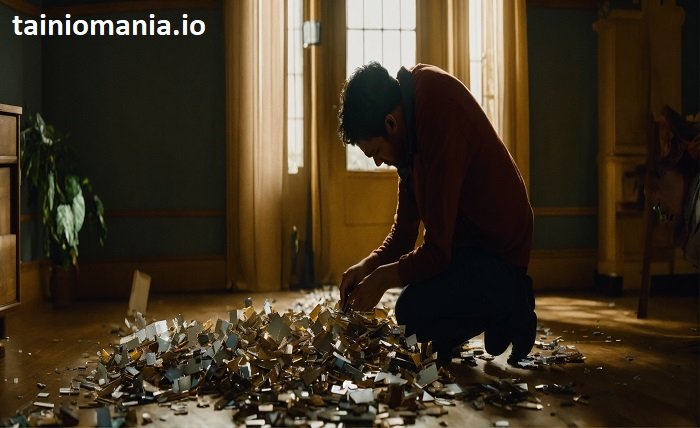In the realm of cinema, donated films play a crucial role in preserving the cultural and historical integrity of the film industry. This blog post delves into the significance of film donations, exploring how they help maintain cinematic heritage and provide public access to rare and influential works.
What Are Donated Films?
Donated films are movies given to archives, libraries, and museums by filmmakers, production companies, or private collectors. These donations help preserve films that might otherwise deteriorate or remain hidden from the public eye, ensuring their availability for future generations.
The Importance of Film Preservation
Preservation is vital for maintaining the quality and accessibility of films over time. Discussing the technical and ethical aspects of film preservation highlights why donated films are essential to keeping the history of cinema alive and accessible.
Major Film Archives and Their Collections
Explore renowned film archives like the Library of Congress, the British Film Institute, and the Cinémathèque Française, which house extensive collections of donated films. These institutions play a pivotal role in film preservation and public exhibition.
How Films Are Donated
This section outlines the process of how films are donated to archives, including the legal and logistical considerations filmmakers and owners must navigate to ensure their films are preserved and used according to their wishes.
Accessing Donated Films
Many archives offer public access to their collections. This part explains how educators, researchers, and general audiences can view these donated films, whether through digital streams, special screenings, or DVD borrowings.
The Role of Donated Films in Education
Donated films are invaluable resources for educational purposes, providing authentic material for film studies, history, and other academic disciplines. Explore how these films serve as primary sources that offer insights into different eras, cultures, and storytelling techniques.
Digital Restoration and Its Challenges
The digital restoration of old films is a significant aspect of film preservation. Discuss the challenges and technological advancements involved in restoring donated films to their former glory, making them more accessible to today’s audiences.
Community and Independent Cinema Support
Highlight how community cinemas and independent theaters often rely on donated films to enrich their offerings, attract diverse audiences, and educate the public about film history and the importance of preservation.
Economic and Cultural Impact of Film Donations
Analyze the broader economic and cultural impacts of film donations. This includes how they enhance the archival collections’ value and provide material for retrospectives, film festivals, and special events that celebrate cinematic history.
Prominent Donations and Their Histories
Delve into a few notable examples of donated films that have had significant impacts on both cinema and culture. This could include rare early films, influential classics, or collections from renowned directors.
Conclusion
Donated films offer a window into the past and a beacon for future cinematic endeavors. By preserving and providing access to these films, archives and museums not only safeguard cinema’s heritage but also enrich the cultural landscape, offering endless possibilities for education, research, and enjoyment.
FAQ
- Why do people donate films to archives?
- Individuals and organizations donate films to ensure their preservation and to make them accessible to a wider audience, contributing to educational and cultural enrichment.
- Can anyone donate a film to an archive?
- Yes, anyone who holds the rights to a film can donate it to an archive, but they must comply with the archive’s donation policies and conditions.
- Are donated films available for public viewing?
- Many donated films are available for public viewing, but access may depend on the specific archive’s policies and the physical condition of the film.
- What is involved in the process of film restoration?
- Film restoration can involve physical repair, digital scanning, color correction, and audio enhancement to restore a film as closely as possible to its original condition.
- How can I find out if a film has been donated to an archive?
- Most film archives have searchable databases or catalogs online where you can check if a specific film is held in their collections.
Learn easy drawing techniques with step-by-step guides. Perfect for beginners and artists looking to improve their skills quickly













